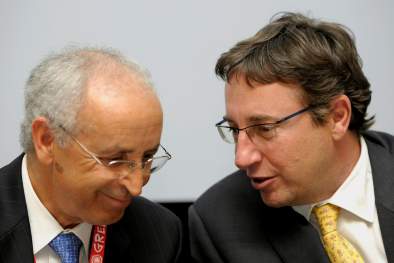Dr Ait-Kadi highlighted several concurrent challenges such as fuel and food price shocks and extreme weather events that have challenged “our optimistic vision of continuing progress in development, as well as the relevance of the world economic model.” He noted that the threat to the economic model of industrialized countries and natural resources degradation are coming together in a way that “creates unprecedented opportunities for fundamental economic, institutional, technological, social, and political changes. The water security-green economy linkage is at the heart of this debate.”
How can developing countries manage the transition to water security and a green economy? The “3 Es”—economic efficiency, social equity and environmental sustainability—the pillars of integrated water resources management (IWRM), are a starting point. But Dr. Ait-Kadi recognized that the transition requires contextualization and differentiation (there is no ‘one size fits all’ prescription). A lot depends on each country’s demographics, capacity to restructure the economy, social transitions such as employment and poverty reduction, and especially institutions and governance.
Dr. Ait-Kadi outlined the following measures:
- Policy instruments that promote complementarities (economic, social, environmental) and that leverage change
- Fiscal instruments that give a price to environmental goods
- Strengthened institutional arrangements that cut across sectoral silos and sovereign boundaries
- Financial instruments that share risk between government and investors, making new technologies affordable
- Skills development to support the emerging green sectors in the economy
- Information and monitoring: set targets, define trajectories and gather the right information to monitor progress (e.g., on water/energy efficiencies)
- Innovation planning: increasing water productivity, developing stress tolerant materials that can address water scarcity, salinization, groundwater contamination, water quality, and wastewater treatment
Dr. Ait-Kadi’s presentation: Water Security & Green Economy: Links through IWRM
Photo: Achim Steiner, United Nations Under-Secretary General, UNEP Executive Director and Dr Mohamed Ait Kadi, Chair Technical Committee, Global Water Partnership

